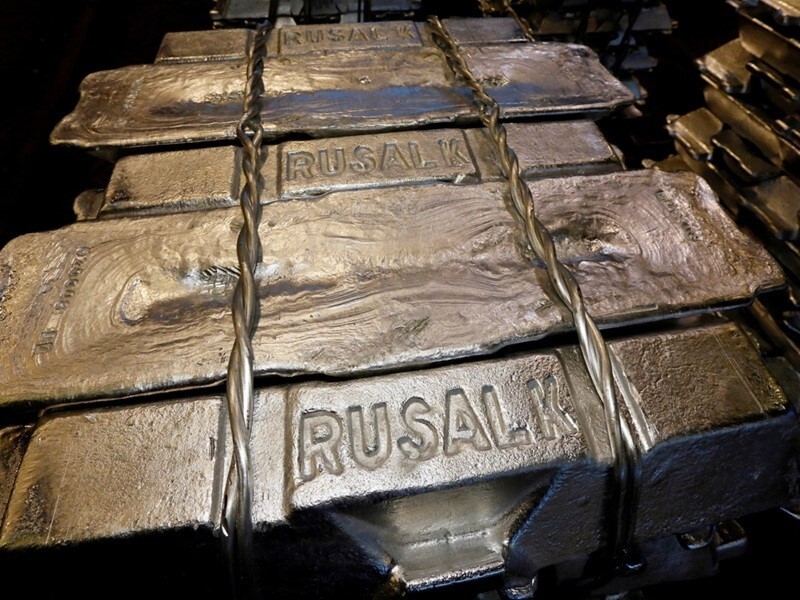

Global aluminium market turbulence, rising costs, and a stronger rouble pushed Rusal into a USD 87 million net loss in the first half of 2025, reversing a USD 565 million profit in H1 2024.

The company reported that its operational and financial performance came under pressure as domestic lending conditions tightened and the rouble strengthened by nearly 23 per cent, driving up profit tax expenses. A 2.4-fold increase in interest expenses also weighed on results.
The impact of these factors was partially offset by a slight increase in global aluminium demand and generally positive price trends. H1 2025 revenue rose by USD 1,825 million, or 32 per cent year-on-year, to USD 7,520 million from USD 5,695 million in H1 2024, driven by a 21.7 per cent increase in primary aluminium and alloy sales through inventory drawdowns, and a 6.7 per cent rise in the weighted average selling price per tonne to USD 2,610 from USD 2,447 in H1 2024.
Costs and premiums under pressure
Total cost of sales in H1 2025 jumped by USD 1,725 million, or 39.3 per cent year-on-year, to USD 6,110 million, up from USD 4,385 million a year earlier, driven by higher alumina and other material costs, as well as increased power and transportation tariffs.
The weighted average premium to the LME aluminium price fell 42.1 per cent to USD 92 per tonne from USD 159 per tonne.
Adjusted EBITDA slipped to USD 748 million from USD 786 million, with the EBITDA margin narrowing from 13.8 per cent to 9.9 per cent.
Under its capacity optimisation plan announced in November 2024, Rusal’s aluminium output declined 1.7 per cent to 1,924,000 tonnes from 1,957,000 tonnes, while production of value-added products dropped 13.2 per cent to 642,000 tonnes from 740,000 tonnes.
Capital expenditure surged 37.0 per cent to USD 707 million from USD 516 million, as the company prioritised environmental and technological modernisation.
Market overview
In H1 2025, the LME aluminium price averaged USD 2,593 per tonne, up USD 76.5 from H1 2024, and peaked at USD 2,737 per tonne in mid-March, its highest level since June 2022.
The global market saw one of its most turbulent periods in recent years following Donald Trump’s return to the US presidency, which brought sharp trade policy tightening. Tariffs on aluminium imports were introduced or raised, affecting shipments from Canada, Mexico, the EU, and China, prompting retaliatory measures and sparking fresh trade tensions.
Also read: Global Aluminium Industry Outlook 2025
Global primary aluminium demand grew 3.6 per cent year-on-year to an estimated 36.7 million tonnes. China led the increase, with consumption rising 4.5 per cent to 22.9 million tonnes, supported by strong electric vehicle, solar energy, and power infrastructure demand.
Outside China, demand rose 2.2 per cent to 13.8 million tonnes, driven mainly by India’s automotive and electrical sectors. In Europe and the US, industrial demand remained subdued but showed modest recovery, likely due to restocking after prolonged stagnation.
Global primary aluminium production rose 2.1 per cent to 36.4 million tonnes in the first half of 2025.
Note: To feature your brand and share insights, contribute an article or interview in our forthcoming e-magazine "American ALuminium Industry: The Path Forward.'
Responses








